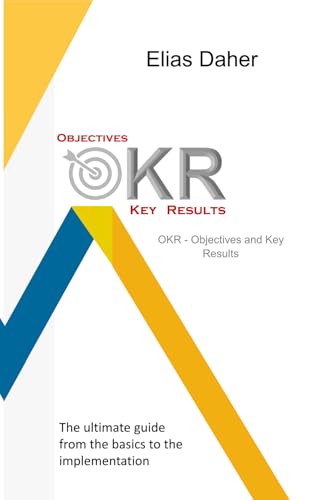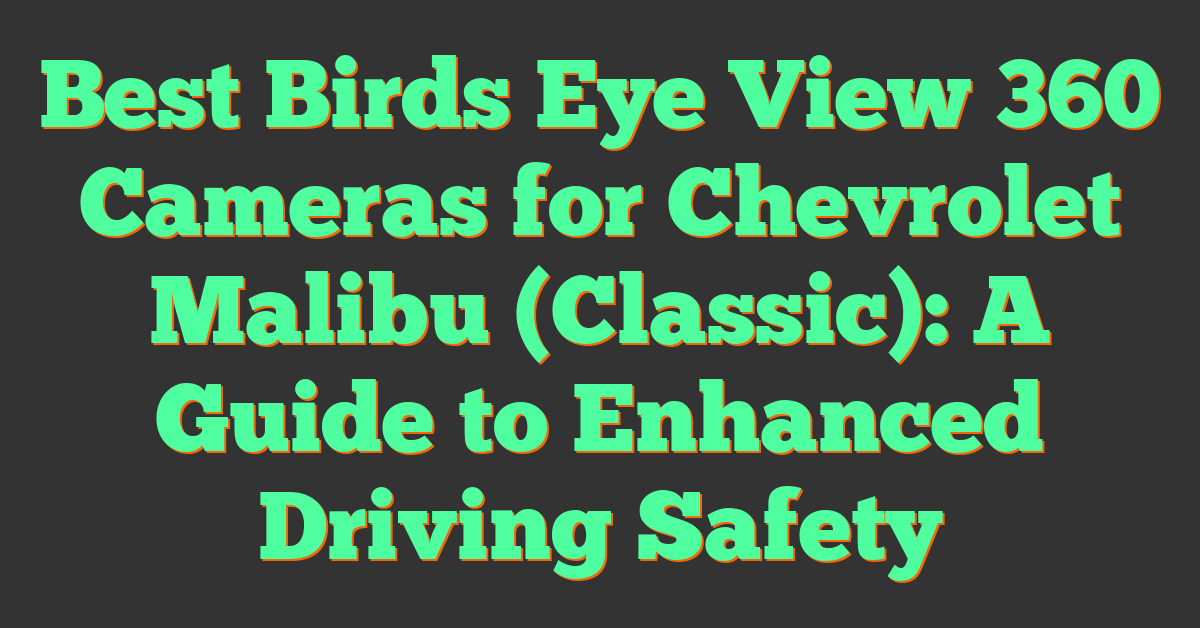Key Takeaways
- 360 cameras in 2025 showcase advanced features like up to 12K resolution, enhanced image stabilization, and AI-driven tools, making them suitable for both professionals and hobbyists.
- When choosing a 360 camera, factors like image quality, battery life, connectivity, and software compatibility are crucial to align with your specific needs.
- Popular brands like Insta360, GoPro, and Ricoh Theta offer diverse options catering to different budgets and requirements, from casual vlogging to professional filmmaking.
- 360 cameras are versatile, excelling in applications such as immersive virtual tours, action-packed adventures, VR content, and social media creations.
- While 360 cameras provide portability and creativity, challenges like complex workflows, storage demands, and higher costs for premium models remain key considerations.
When it comes to capturing immersive visuals, 360 cameras have completely changed the game. In 2025, the market is packed with innovative options, each offering unique features and capabilities. Whether you’re into creating stunning virtual tours, recording action-packed adventures, or elevating your social media content, there’s a 360 camera designed to fit your needs.
But with so many choices, how do you know which one’s right for you? From resolution and image stabilization to price and portability, I’ll break down the latest models and compare them side by side. By the end, you’ll have a clear picture of what sets each camera apart and which one deserves a spot in your gear bag.
Overview Of 360 Cameras In 2025
The landscape of 360 cameras in 2025 reflects technological maturity and user-centric innovation. Companies now balance high-performance specifications with accessibility, bringing professional-grade features to compact devices. Resolutions have hit 12K in select models, delivering unparalleled detail for immersive content. Enhanced image stabilization systems, like 6-axis gyroscopes, ensure smoother footage even during high-movement scenarios, making them essential for action and adventure videography.
AI-driven features have significantly impacted usability. Many cameras include automatic stitching, object tracking, and intuitive editing options directly within companion apps. This reduces post-processing time, especially for users focused on social content creation or virtual reality production. Designs have become more ergonomic, with foldable or modular builds, catering to portability without sacrificing functionality.
The variety of 360 cameras currently available makes choosing one challenging. Options range from premium rigs like Insta360 TITAN, designed for professional cinematography, to versatile consumer-friendly models like GoPro MAX, ideal for casual users and vloggers. Price points vary widely, starting from $300 for compact options to over $10,000 for advanced cinematic systems. This diversity ensures there’s a solution for virtually every user type.
Key Features To Consider When Choosing A 360 Camera
Selecting the right 360 camera means weighing various factors based on shooting goals. I’ve broken down the key aspects to help you make an informed decision.
Image And Video Quality
Image and video quality impact how viewers experience your 360 content. Look for cameras with minimum 5.7K video resolution for crisp visuals; some premium options reach 12K, like the Insta360 TITAN. Pay attention to sensor size since larger sensors perform better in low-light conditions. Models with HDR capabilities are ideal for scenes with strong contrast, ensuring balanced exposure and vivid colors.
Battery Life And Performance
Battery life determines how long you can shoot without interruptions. Most 360 cameras provide 60 to 120 minutes of recording time on a single charge, though temperatures and settings like 4K+ recording may reduce this duration. Swappable batteries, offered by brands like GoPro and Kandao, are a great solution for extended shoots. For on-the-go creators, USB-C charging enables quick top-offs with power banks.
Compatibility And Connectivity
A good 360 camera connects seamlessly to devices for live monitoring and file transfers. Cameras supporting Wi-Fi 6 or Bluetooth 5.0 offer faster connectivity for smartphones or laptops. Platforms such as iOS, Android, and popular editing software compatibility matter for streamlined workflows. Professional setups might require SDI or HDMI output for real-time streaming in higher quality.
Software And Editing Tools
« Premium 360 Cameras: Are They Really Worth the Hype or Just an Expensive Gimmick?
Insta360 Go 3 vs. GoPro Max: Full Comparison to Choose Your Perfect Action Camera »
Effective software enhances the post-production experience. Built-in AI features, like Insta360’s auto-framing or GoPro’s 360 reframing, save time by automating complex edits. RAW photo capture and ProRes video support offer more control for fine-tuning footage. Integrated apps should provide key tools, including stitching, stabilization fine-tuning, and social platform optimization, catering to both amateurs and professionals. Brands including Ricoh and Insta360 excel in user-friendly software ecosystems.
Comparing Popular 360 Camera Brands
Analyzing popular 360 camera brands reveals how they cater to photographers and videographers at varying skill levels. I’ll break down their strengths, focusing on features, performance, and unique selling points.
Brand A: Features And Performance
Insta360 consistently delivers high-performance models for creators of all levels. The Insta360 ONE RS 1-Inch 360 Edition features dual 1-inch sensors, capturing superior low-light details and dynamic range. Its FlowState stabilization ensures cinematic footage, even during high-movement shoots. 6K resolution video and 21MP photo capabilities make it a strong choice for professional and aspiring creators alike. Insta360 also provides robust software, including auto-framing and AI-enhanced tools for an efficient workflow.
Brand B: Strengths And Weaknesses
GoPro’s MAX offers consumer-focused features that prioritize ease of use. It captures 5.6K video and 16.6MP photos, making it ideal for casual users or vloggers looking for solid quality. Horizon leveling ensures smooth, level footage, even if the camera isn’t perfectly aligned. However, its single-lens mode limits detailed outputs compared to its competitors. Lack of advanced low-light performance makes it less suitable for complex videography tasks. GoPro’s mobile app excels in quick editing, attracting those valuing simplicity over technical depth.
Brand C: Unique Selling Points
Ricoh Theta’s Z1 shines in its slim, pocketable design, perfect for on-the-go capturing. Its 1-inch sensors produce stunning 23MP stills and 4K 360-degree video, aimed at photographers focused on image quality. Unlike many other models, it relies on natural color accuracy and balanced HDR results. However, the non-removable battery and slower shooting speeds in high-resolution modes can limit extended use. Its minimalistic build and straightforward controls are perfect for those valuing effortless functionality in compact hardware.
Use Cases For 360 Cameras
360 cameras have transformed how we capture and share the world, offering unique perspectives for both professionals and hobbyists. Their versatility allows for seamless integration into various scenarios.
Professional Photography And Videography
Professionals rely on 360 cameras for creating immersive content that captivates audiences. In sports cinematography, high-end cameras like the Insta360 TITAN capture 11K video with exceptional clarity, ideal for detailed skydiving or motorsport footage. Architects and real estate agents use models like the Ricoh Theta Z1 to produce high-resolution virtual tours, showcasing properties with realistic depth and spatial accuracy. Content creators benefit from AI stitching and advanced stabilization systems, enabling smooth, high-quality results for commercials or documentaries.
For example, 360 cameras have redefined event videography. Wedding photographers integrate them to capture ceremonies from every angle, ensuring no moment is missed. Platforms like Vimeo and YouTube support 8K and 12K resolution uploads, letting videographers showcase higher-quality visuals.
Recreational And Everyday Use
Hobbyists embrace 360 cameras for their creativity and ease of use. Compact options like the GoPro MAX capture dynamic activities such as snowboarding or underwater exploration with 5.6K video and waterproof durability. Travelers document adventures with tiny models like the Insta360 GO 3, featuring hands-free operation for seamless vlogging while exploring historical landmarks or trekking remote trails.
Casual users also enjoy 360 cameras for social media, utilizing features like bullet-time effects or cinematic slow-motion. Platforms like Instagram and TikTok heavily feature this content, making compact and affordable devices appealing to the general audience.
Virtual Reality And Immersive Experiences
Virtual reality (VR) creators and enthusiasts use 360 cameras to produce highly engaging immersive content. Cameras like the Kandao Obsidian Pro render realistic VR scenes by combining multi-lens setups with 12K resolution and HDR imaging. This elevates VR gaming environments or training simulations, providing experiences that feel lifelike.
Educational institutions and museums are integrating 360 media into VR setups for remote learning or digital exhibitions. For instance, National Geographic has collaborated with VR filmmakers to offer viewers an interactive journey through unexplored locations, recorded using professional 360 equipment.
Pros And Cons Of 360 Cameras In 2025
360 cameras in 2025 offer advanced technology and creative possibilities but still face some challenges. Here’s a closer look at the pros and cons that photographers, videographers, and content creators should consider.
Advantages
- Immersive Content Creation
High resolutions up to 12K enable stunningly detailed visuals, perfect for virtual reality projects and professional cinematic videos. Models like the Insta360 TITAN excel in delivering immersive experiences that engage viewers like never before.
- Enhanced Image Stabilization
Advanced stabilization systems, such as 6-axis gyroscopes, ensure smooth footage even in high-motion scenarios. Cameras like the ONE RS 1-Inch 360 Edition make adventure filming seamless, even in challenging conditions.
- AI-Driven Usability
AI-powered features, including automatic stitching and intuitive editing tools, simplify post-production. This is a major advantage for content creators aiming to produce professional-quality visuals efficiently.
- Versatility in Applications
From professional uses like virtual tours and sports cinematography to casual social media content creation, 360 cameras adapt to a range of needs. For example, compact models like the GoPro MAX are ideal for action shots and dynamic vlogs.
- Portability and Accessibility
Innovative designs make these cameras lighter and more compact, enhancing portability. Consumer-level options priced under $500, like the Insta360 X3, make high-quality 360 technology accessible to a broader audience.
Limitations
- Complex Workflow
Despite AI tools, editing 360-degree footage often demands specialized software and processing power. Beginners may need time to adapt to workflows, especially for advanced post-production tasks.
- Limited Low-Light Performance
Even with larger sensors on cameras like the ONE RS 1-Inch 360 Edition, most 360 cameras struggle in low-light environments. Noise and reduced sharpness are common issues when shooting under inadequate lighting.
- High Storage Demands
High resolutions mean larger file sizes, requiring substantial storage. For frequent use, investing in high-capacity memory cards and external storage becomes essential, adding to overall expenses.
- Short Battery Life
While typical recording times range from 60 to 120 minutes, heavy 360 recording can quickly drain batteries. Non-removable battery designs in certain models, like the Ricoh Theta Z1, limit flexibility during extended shoots.
- Cost for Premium Features
High-end models offering professional specs, such as the Insta360 TITAN, often exceed $10,000. This price range may not align with every creator’s budget, limiting accessibility for hobbyists or new users.
Conclusion
Choosing the right 360 camera in 2025 comes down to understanding your needs and matching them with the features that matter most. Whether you’re a professional aiming for cinematic quality or a hobbyist looking for portability and ease of use, there’s a model tailored for you. The advancements in resolution, stabilization, and AI tools have made these cameras more accessible and versatile than ever.
By evaluating factors like image quality, battery life, software compatibility, and budget, you can confidently invest in a camera that enhances your creative projects. With so many innovative options available, the world of immersive content creation has never been more exciting.















